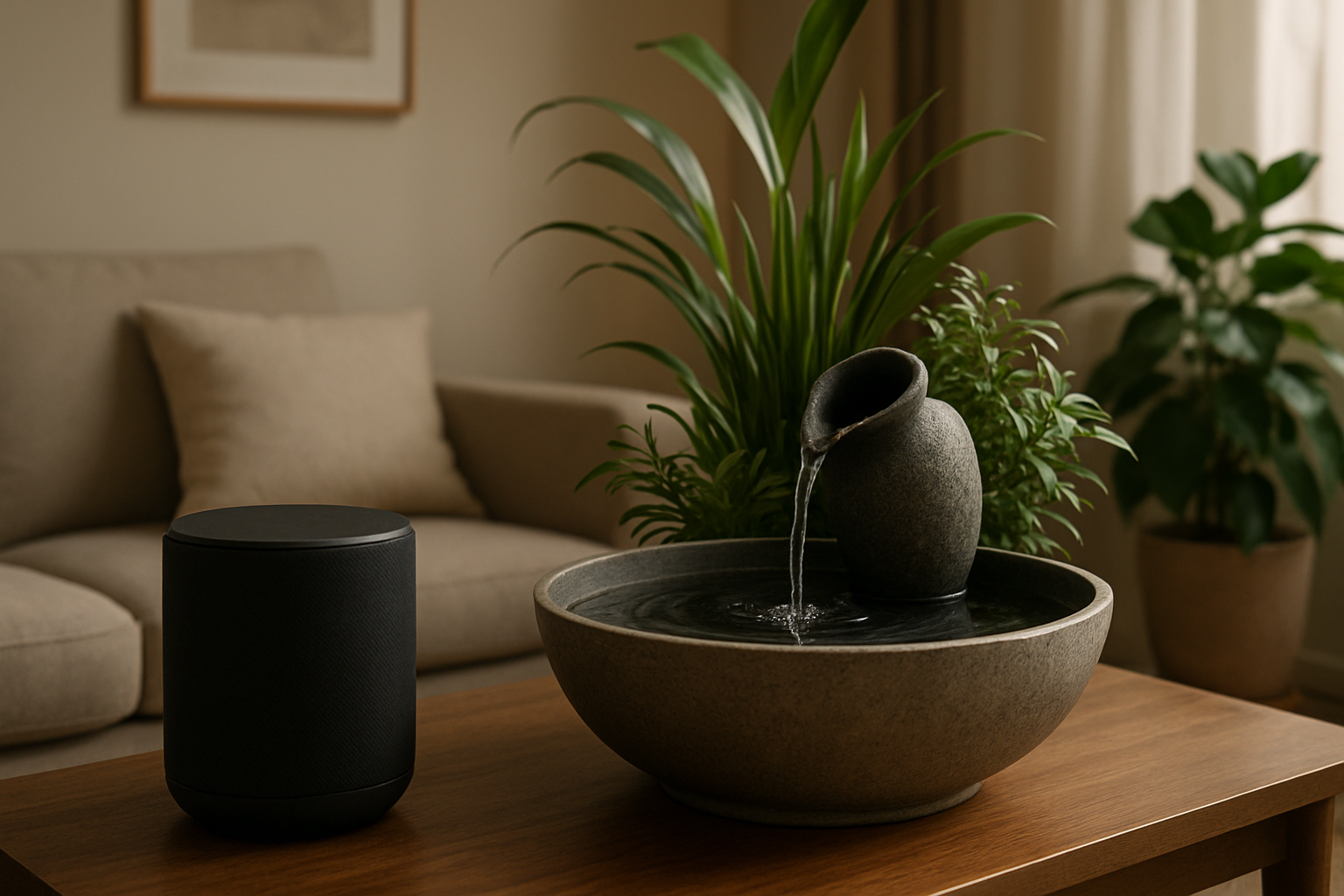Soundscaping: Crafting Auditory Ambiance in Modern Homes
In a world where visual aesthetics have long dominated interior design, a new trend is emerging that tantalizes our ears rather than our eyes. Soundscaping, the art of curating and designing acoustic environments, is revolutionizing how we experience our living spaces. This innovative approach to home design goes beyond mere noise reduction, aiming to create harmonious auditory landscapes that enhance mood, productivity, and overall well-being.

The Genesis of Soundscaping
Soundscaping as a concept isn’t entirely new. Its roots can be traced back to the 1960s when Canadian composer R. Murray Schafer coined the term soundscape to describe the acoustic environment. However, its application in home design has only recently gained momentum.
Traditionally, acoustic considerations in homes were limited to noise reduction techniques like soundproofing walls or using noise-canceling materials. The focus was on eliminating unwanted sounds rather than creating desirable ones. Soundscaping flips this paradigm, emphasizing the positive impact that carefully curated sounds can have on our living spaces.
The rise of soundscaping in homes coincides with a growing awareness of the effects of sound on human psychology and physiology. Studies have shown that certain sounds can reduce stress, improve focus, and even enhance sleep quality. As our homes increasingly become multifunctional spaces for work, relaxation, and entertainment, the need for adaptable acoustic environments has never been more pressing.
Elements of Soundscaping
Successful soundscaping involves a delicate balance of natural and artificial sound sources. Here are some key elements:
Water Features
Indoor fountains, wall-mounted water features, or even small desktop waterfalls can introduce the soothing sound of flowing water into your space. The gentle burble of water has been shown to have calming effects, reducing stress and promoting relaxation.
Biophilic Sound Integration
Incorporating plants into your soundscape design serves a dual purpose. Not only do they contribute to visual aesthetics and air purification, but many plants also produce subtle sounds as air moves through their leaves. Bamboo, for instance, creates a soft rustling noise that can add depth to your acoustic environment.
High-Tech Sound Solutions
Advanced sound systems and smart speakers allow for the precise control and distribution of ambient sounds throughout your home. From nature sounds to specially composed ambient music, these systems can create immersive auditory experiences tailored to different activities and moods.
Acoustic Panels and Diffusers
While soundscaping focuses on introducing positive sounds, managing unwanted noise remains crucial. Decorative acoustic panels and diffusers can help control reverberations and echoes, enhancing the overall sound quality of your space.
Soundscaping for Different Spaces
The beauty of soundscaping lies in its versatility. Different areas of your home can benefit from unique acoustic treatments:
Living Room Harmony
In the living room, a combination of gentle background music and nature sounds can create a welcoming atmosphere for relaxation and socializing. Consider incorporating a wall-mounted water feature as a focal point, complemented by strategically placed speakers for ambient sound distribution.
Bedroom Serenity
For bedrooms, soundscaping can focus on promoting better sleep. White noise machines or apps that produce sounds of gentle rain or ocean waves can mask disruptive noises and create a cocoon of tranquility.
Home Office Productivity
In home offices, soundscaping can enhance focus and productivity. Subtle background sounds like coffee shop ambiance or soft instrumental music can provide just enough auditory stimulation to boost concentration without becoming distracting.
Kitchen Culinary Soundscapes
Even kitchens can benefit from soundscaping. The clink of cookware and the sizzle of food cooking are inherently satisfying sounds. Enhancing these with subtle background music can turn meal preparation into a more enjoyable, multisensory experience.
The Future of Soundscaping
As technology continues to advance, the possibilities for home soundscaping are expanding. Emerging trends include:
AI-Driven Acoustic Environments
Artificial intelligence is being integrated into home sound systems, allowing for dynamic soundscapes that adapt to the time of day, occupants’ activities, and even their moods.
Personalized Acoustic Profiles
Just as we have personal preferences for visual aesthetics, future soundscaping solutions may offer personalized acoustic profiles, tailoring the sound environment to individual preferences and needs.
Immersive Multi-Sensory Experiences
The integration of soundscaping with other sensory elements like lighting and scent diffusion promises to create truly immersive home environments that engage all our senses.
Soundscaping represents a shift in how we think about home design, moving beyond the visual to create spaces that sound as good as they look. By carefully curating our acoustic environments, we can transform our homes into sanctuaries that not only please the eye but also soothe the ear and calm the mind. As this trend continues to evolve, it promises to redefine our relationship with our living spaces, creating homes that truly resonate with our desire for comfort, productivity, and well-being.





